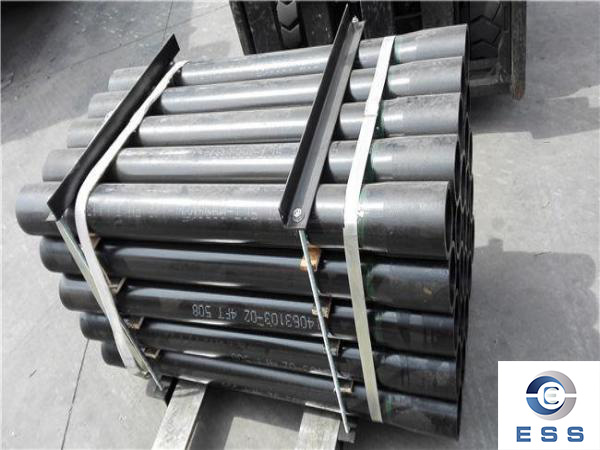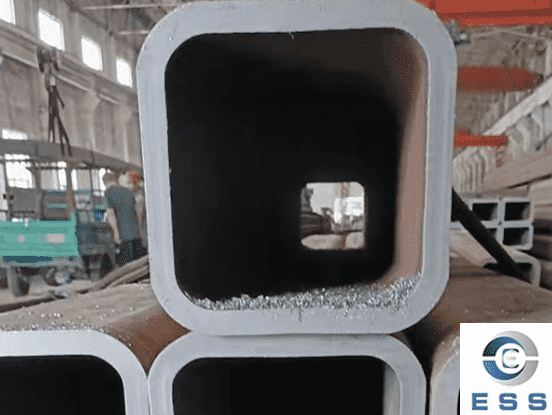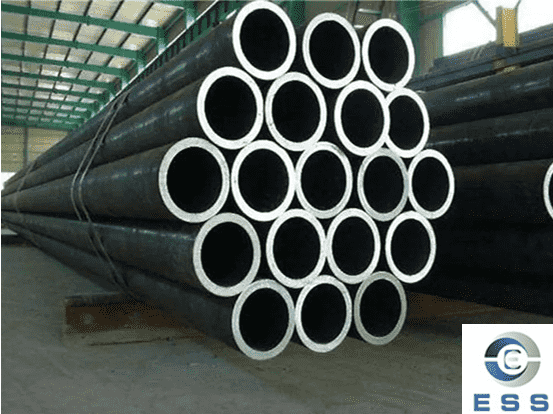Factors affecting the size of pup joints

The word "pup joint" has different meanings in different industries, but generally it refers to a shorter section of pipe or similar component, mostly seamless steel pipe. It is collectively referred to as oil pipe, like drill pipe, tubing, and casing pipe. In the oil and gas industry, a "pup joint" may refer to a shorter section of pipe used to connect or supplement a standard length of casing. These pup joints may be used to solve specific problems downhole, such as changing direction, plugging certain areas, or adapting to irregular wellbores.
The size of pup joints depends on its application and the standard casing size it needs to adapt to. Here are some factors that may affect the size of pup joints:
Casing size
The outer and inner diameters of the nipple should match the main casing size used in the well.
Length
The length of pup joints can vary greatly, ranging from a few centimeters to several meters depending on the needs.
Wall thickness
Depending on the pressure and loads it is subjected to, the wall thickness of the pup joints may be the same or thicker than that of the standard casing.
Thread type
The end of the pup joints will usually be threaded to connect with other casing sections, and the thread type should be consistent with the thread standard of the main casing.
Material
The material of the pup joints should be the same or better than the main casing to ensure overall consistency and reliability.
Special processing
Some pup joints may require special processing, such as thickening, special coatings, or customized thread designs to adapt to specific application requirements.
Wellbore size
The outer diameter of the pup joints needs to match the size of the wellbore to ensure smooth lowering into the well.
Casing specifications
The pup joints needs to match the size and wall thickness of the main casing or conduit used in the well to ensure the sealing and structural integrity of the connection.
Application purpose
The size of the pup joints varies depending on the purpose of its use. For example, a pup joint used for packer installation may require a specific length and inner diameter to adapt to the packer.
Connection method
The end of the pup joints may require specific threads or connection methods to connect with other casing or equipment in the well.
Operational requirements
Depending on the operational requirements of drilling or completion, the length of the pup joints may be adjusted to accommodate specific operating depths or tool sizes.
Pressure and temperature
The operating pressure and temperature conditions downhole may affect the wall thickness and material selection of the pup joints to ensure that it can withstand these conditions.
Corrosion and wear requirements
If the pup joints needs to work in a corrosive or abrasive environment, special coatings or materials may be required to improve its durability.
Manufacturing and transportation restrictions
The manufacturing process and transportation methods may also limit the size of the pup joints. For example, the size restrictions of the transportation vehicle may affect the maximum length of the pup joints.
Economic factors
Cost-effectiveness is also a factor that affects the size of the pup joints. Shorter pup joints may be more economical, but in some cases, using longer pup joints may be more effective.
Specifications and standards
Industry standards and specifications may have specific requirements for the size of the pup jointsto ensure safety and compatibility.
Environmental factors
Environmental factors such as geological conditions, formation pressure and temperature gradients may also affect the design and size of the pup joints.
Customization requirements
In some special cases, customers may have specific customization requirements, which will directly affect the final size of the pup joints.
These factors need to be considered comprehensively when designing and selecting pup joints to ensure that the pup joints can meet specific engineering needs and safety standards.
Before purchasing or using pup joints, you should understand the specific dimensions and specifications required in detail to ensure that they can be installed correctly and meet specific engineering requirements.













 Eastern Steel Manufacturing Co.,Ltd not only improve product production and sales services, but also provide additional value-added services. As long as you need, we can complete your specific needs together.
Eastern Steel Manufacturing Co.,Ltd not only improve product production and sales services, but also provide additional value-added services. As long as you need, we can complete your specific needs together.










